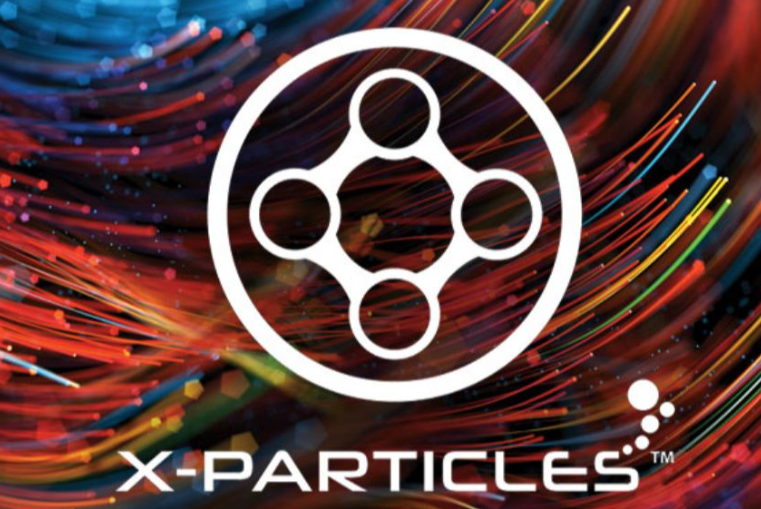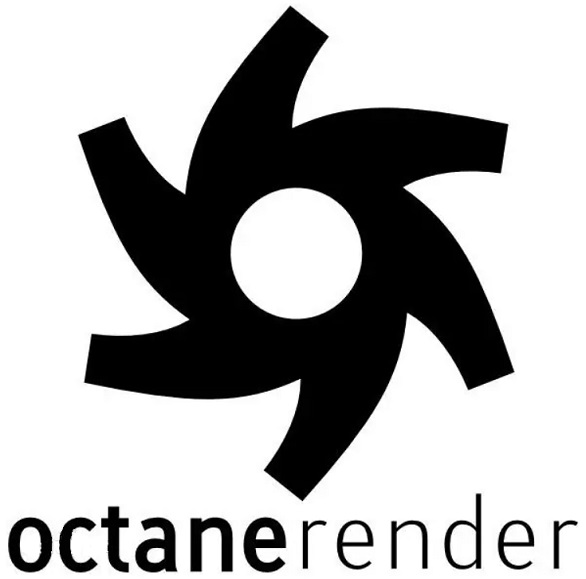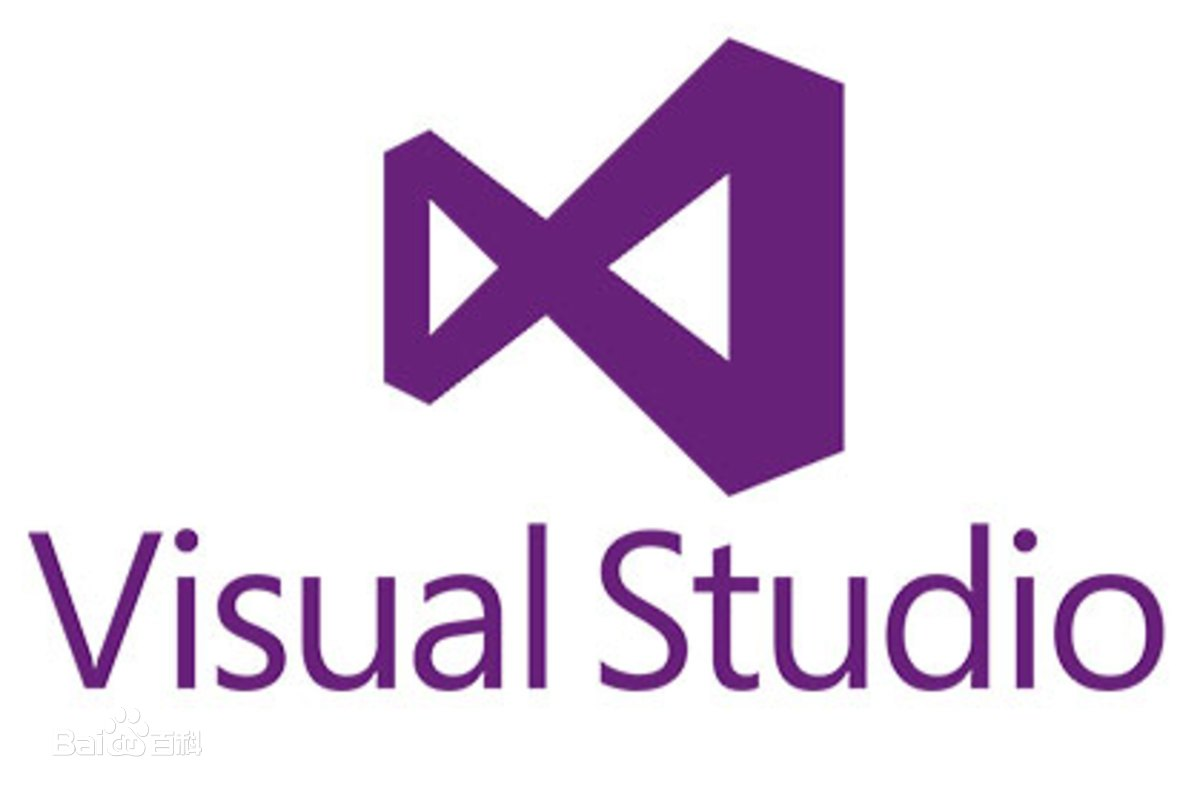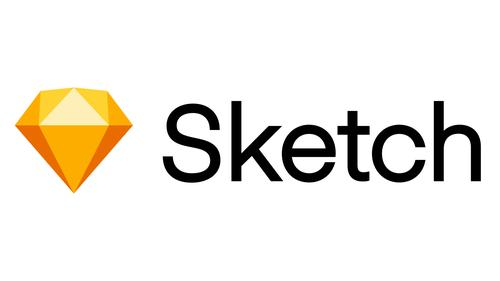In film and television post production, Mocha is a powerful shot tracking and motion tracking tool widely used in film and television post production, visual effects, and advertising production. However, when using Mocha for material processing, there may be some issues, such as stretching when importing materials or the need to add logos.
What should I do if there is stretching when importing materials into Mocha?
When using Mocha for material processing, sometimes there may be stretching after importing materials. This situation is usually caused by incorrect resolution settings or pixel ratios of the material. The following are specific methods to solve this problem:

1. Check the resolution of the material: First, confirm whether the resolution of the material imported into Mocha is correct. Before importing materials, you can use video editing software such as Adobe Premiere or Final Cut Pro to view the resolution of the materials and record it. Ensure that the resolution set in Mocha matches the actual resolution of the material.
2. Set the correct pixel ratio: Mocha supports multiple pixel ratio settings, including square pixels and non square pixels. If the imported material uses a non square pixel ratio, it may cause the material to stretch. You can set the correct pixel ratio in Mocha to ensure that the material displays properly. The specific operation is to open Mocha, select the "Import" option in the "File" menu, choose the material file, and set the correct pixel ratio in the import window.
3. Adjust view settings: In Mocha, you can correct the stretching issue by adjusting the view settings. After importing the materials, click on the "View" menu and select the "Settings" option. In the settings window, you can adjust the proportion and size of the materials to ensure that they display properly. It can be adjusted manually by entering the resolution and pixel ratio, or by using preset options.
4. Use adaptation options: Mocha provides an "adaptation" option that can automatically adjust the proportion and size of materials to avoid stretching issues. After importing the material, right-click on the material window and select the "Adapt" option. Mocha will automatically adjust the display scale of the material to ensure that it is displayed properly.
By using the above methods, the problem of stretching when importing materials into Mocha can be effectively solved, ensuring that the materials display normally and improving the effect of post production. Next, we will explore how to add a logo using mocha.
How to add a logo with Mocha?
Adding a logo is a common requirement in film and television post production, especially in advertising and brand promotion. Mocha provides powerful tracking and synthesis capabilities, making it easy to add logos. Here are the specific steps to add a logo using Mocha:

1. Import materials: First, import the materials that need to be processed in Mocha. Click on the "File" menu, select the "Import" option, choose the material file and import it into the project. In the material window, you can preview the imported materials.
2. Create a tracking area: After importing the material, select the "Create Shape" tool and draw a tracking area on the material. The tracking area should cover the location where the logo needs to be added. You can use rectangle, ellipse, or custom polygon tools to draw the tracking area, ensuring precise coverage of the target position.
3. Tracking: After drawing the tracking area, select the "Tracking" option to start tracking the target position in the material. Mocha will automatically analyze the materials and generate tracking data. During the tracking process, the tracking effect can be previewed in real time to ensure the accuracy of the tracking data.
4. Import Logo File: After tracking is complete, click on the "File" menu, select the "Import" option, choose the Logo file and import it into the project. The imported logo file will be displayed in the material window, and the position and size of the logo can be adjusted to ensure it matches the tracking area.
5. Application Tracking Data: After importing and adjusting the location of the Logo file, select the "Application Tracking Data" option to apply the generated tracking data to the Logo file. Mocha will automatically match the logo with the target position in the material, achieving the tracking and synthesis of the logo.
6. Export synthesis result: After adding the logo, the synthesis result can be exported to video editing software for further processing. Click on the "File" menu, select the "Export" option, choose the appropriate export format and settings, and export the synthesized results to the specified folder.
Through the above steps, it is easy to add a logo using Mocha, ensuring that the logo matches the target position in the material accurately and improving the effect of post production. Finally, we will introduce whether Mocha Pro can create transitions.
Can Mocha Pro make transitions?
Mocha Pro, as a professional post production tool, not only has powerful tracking and synthesis functions, but also provides rich transition effects that can be used to create various types of transitions. Here are the specific methods for creating transitions using Mocha Pro:

1. Import materials: Import the materials that need to be processed in Mocha Pro. Click on the "File" menu, select the "Import" option, choose the material file and import it into the project. In the material window, you can preview the imported materials.
2. Create a transition area: Select the "Create Shape" tool and draw a transition area on the material. The transition area should cover the parts that require transition. You can use rectangle, ellipse, or custom polygon tools to draw transition areas, ensuring precise coverage of the target position.
3. Apply transition effects: After creating the transition area, select the "Effects" menu, choose the "Transition" option, and open the transition effects window. In the transition effect window, different types of transition effects can be selected, such as fade, slide, zoom, etc. Select appropriate transition effects according to requirements and adjust transition parameters to ensure smooth and natural transition effects.
4. Preview transition effect: After applying the transition effect, you can preview the transition effect in the material window. By previewing, you can check the smoothness and naturalness of the transition effect to ensure it meets the expected effect. If necessary, the transition parameters can be further adjusted to optimize the transition effect.
5. Export transition results: After completing the transition effect production, the transition results can be exported to video editing software for further processing. Click on the "File" menu, select the "Export" option, choose the appropriate export format and settings, and export the transition results to the specified folder.
Through the above methods, various types of transition effects can be easily created using Mocha Pro, improving the effectiveness and efficiency of post production. In practical applications, the reasonable use of Mocha Pro's transition function can achieve rich and diverse visual effects, enhance the viewing and professionalism of film and television works.









